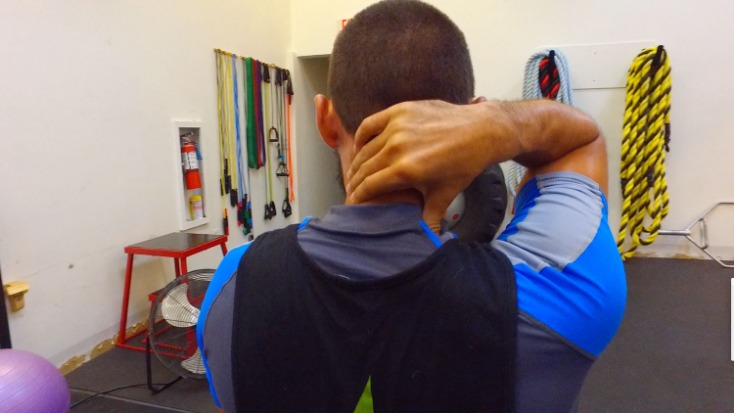An Evolutionary Leap in Regional Anesthesia: USG-Guided Brachial Plexus Block
Modern medical techniques have significantly enhanced the accuracy and efficacy of various anesthetic procedures. Among these, the USG-guided brachial plexus block stands out as a revolutionary approach to pain management, especially for surgeries of the upper extremities.
Introduction
The Ultrasound-guided brachial plexus block has transformed regional anesthesia by allowing direct visualization of the brachial plexus, surrounding structures, and needle placement. This technique offers numerous benefits over traditional methods, including increased success rates, reduced complications, and faster recovery times.
Advantages of USG-Guided Brachial Plexus Block
- Accuracy: Direct visualization ensures precise placement of the local anesthetic.
- Safety: Lower risk of complications such as nerve damage and vascular puncture.
- Efficiency: Faster onset of anesthesia and reduced need for multiple needle passes.
- Reduced Dosage: Smaller amounts of local anesthetic are often required.
- Patient Comfort: Minimizes pain and discomfort during the procedure.
Types of Brachial Plexus Blocks
-
Read more about USG-guided brachial plexus block here.
- Interscalene Block: Ideal for shoulder surgeries, targeting the roots of the brachial plexus.
- Supraclavicular Block: Effective for arm surgeries, providing dense anesthesia to the entire upper extremity.
- Infraclavicular Block: Suitable for elbow, forearm, and hand procedures.
- Axillary Block: Primarily used for surgeries below the elbow.
Techniques and Equipment
Successful implementation of the Ultrasound-guided brachial plexus block requires specialized equipment and proficiency in ultrasound imaging. Essential tools include:
- High-frequency linear transducer: Provides detailed imaging of superficial structures.
- Needle: Echogenic needles are preferred for better visualization on the ultrasound screen.
- Local Anesthetic: Commonly used agents include lidocaine, bupivacaine, and ropivacaine.
Frequently Asked Questions (FAQs)
What is the success rate of USG-guided brachial plexus block?
The success rate is generally very high, often exceeding 95% due to real-time visualization and precise needle placement.
Are there any risks associated with this procedure?
While the Ultrasound-guided brachial plexus block is considered safe, potential risks include infection, bleeding, and nerve injury. However, these complications are rare.
How long does the anesthesia last?
The duration of anesthesia depends on the type and concentration of the local anesthetic used. It typically lasts between 4 to 12 hours.
Can everyone undergo this procedure?
Most patients are suitable candidates, but those with allergies to local anesthetics, severe respiratory issues, or local infections may require alternative approaches.
Conclusion
The USG-guided brachial plexus block represents a significant advancement in the field of regional anesthesia, offering unparalleled accuracy and efficiency. As the medical community continues to refine and adopt this technique, patients can expect even better outcomes in pain management and surgical recovery.






Leave a Reply